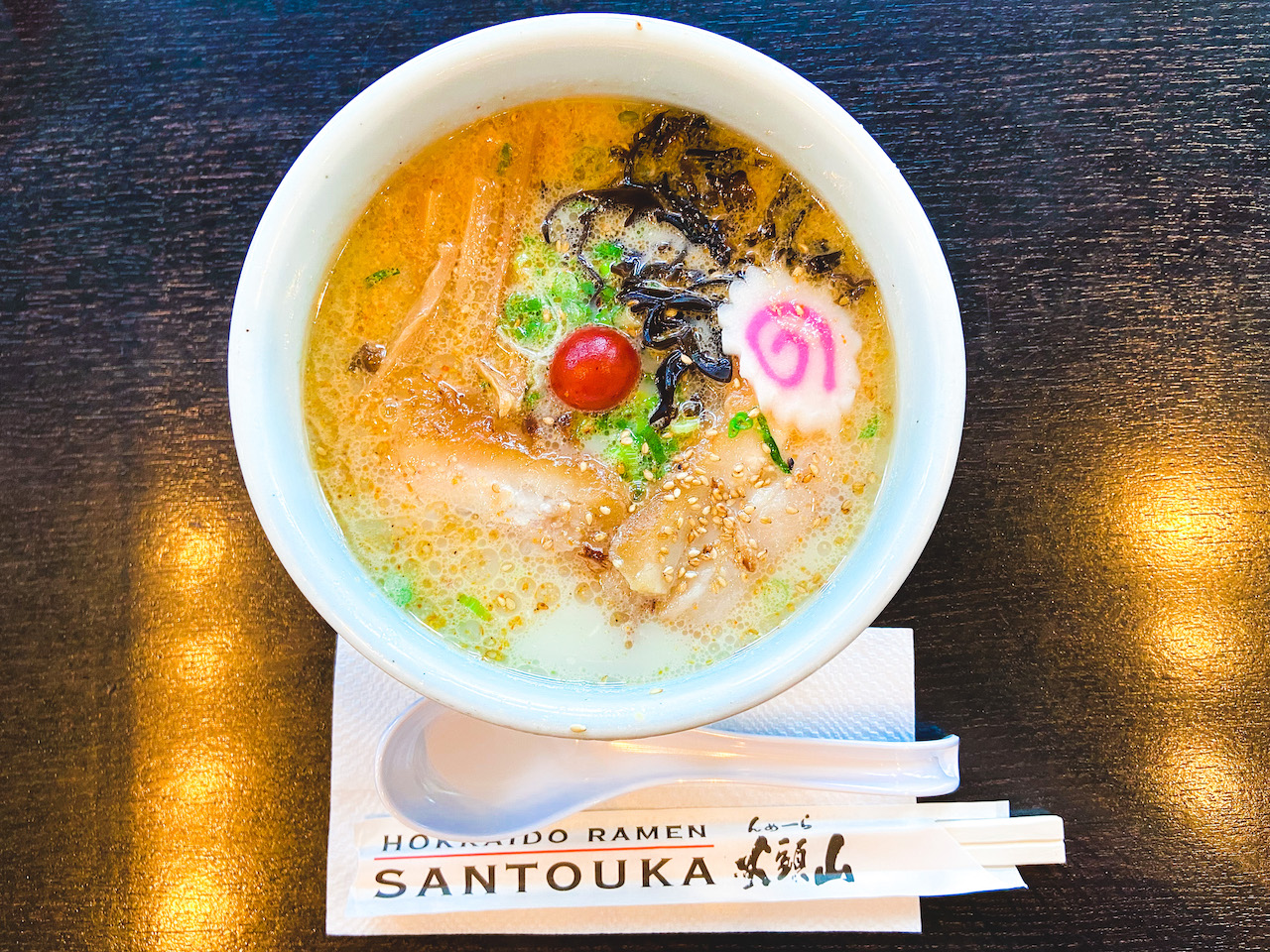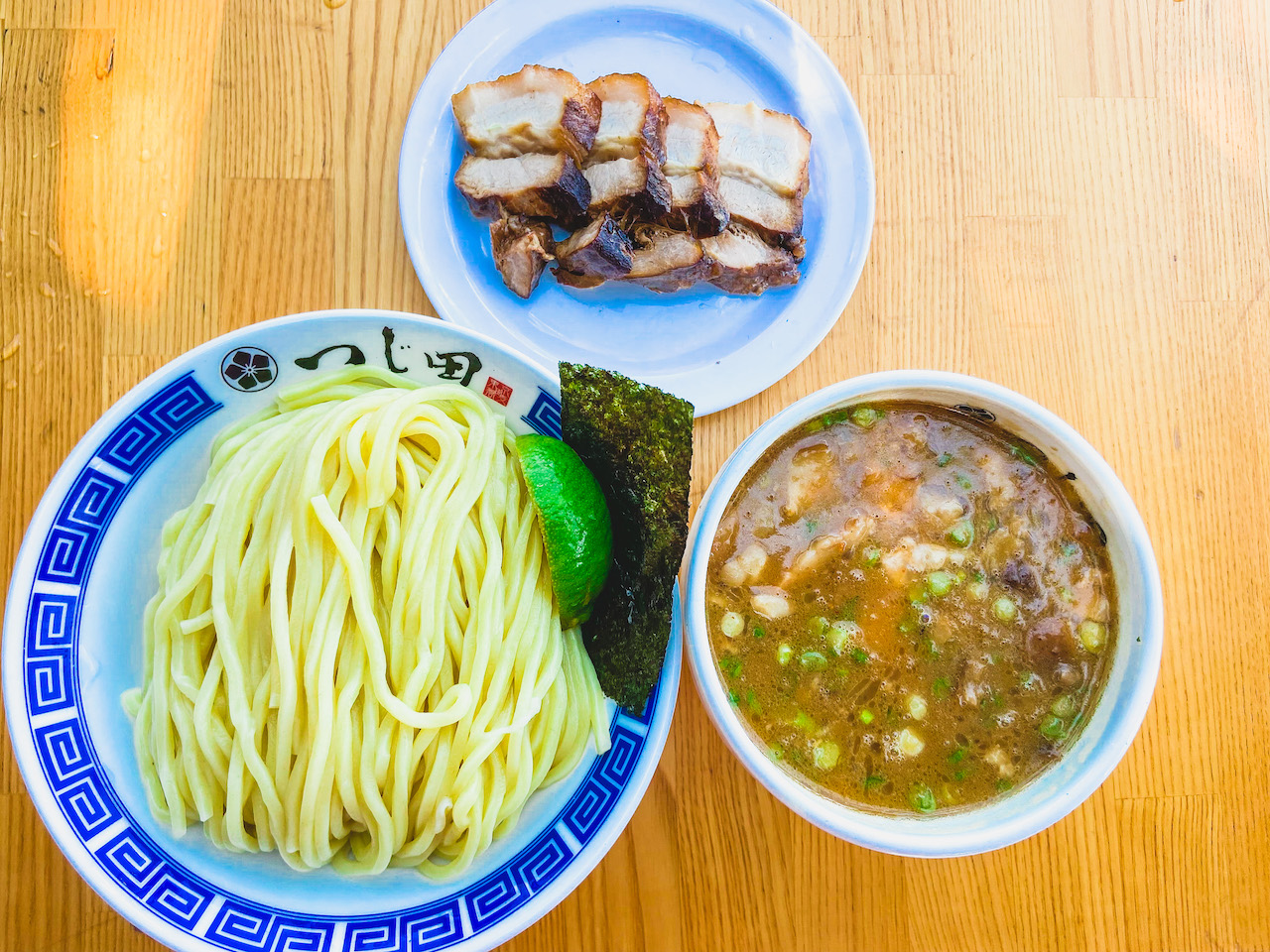Ramen is one of famous foods in the world, I’d say. And I’d love to introduce you some Japanese Ramen shops which come from Japan that you can eat in Los Angeles, and that I would recommend you to try. I would also write my honest review for each shop as a Japanese person who loves ramen such as I used to go eat ramen every week by myself when I lived in Japan.
NOTED: Just let you know that these ramens below are not vegan.
Japanese Ramen
Ramen is originally from China, but it developed uniquely in Japan. Japanese-style ramen is unique and different from Chinese one.
In addition, ramen was developed in each area in Japan. You can find different thinness of noodle, different soup, different ingredients as topping, and etc. inside of Japan, too.
Ippudo : Hakata Tonkotsu Ramen
Ippudo is from Hakata, Fukuoka, Japan, and one of very famous Hakata Tonkotsu ramen founded in 1985.
They opened “IPPUDO NY” in 2008., and it got awarded the 1st place for “TOP 10 Restaurants” in 2010 on Yelp, and 3rd place in 2011. Also on the list on Michelin for 6 years from 2009.
I’ve actually been to one in East Village, NYC in 2015 when I lived there. It was packed with people and we needed to wait for 1h which was very surprising for me since i had never waited for such long time for a ramen. lol
I also have been to the one in West Hollywood, LA.
Now they have their shops in 15 countries outside of Japan as of 2021, that shows it’s (getting) popular in the world.
Features of Ippudo Ramen
Tonkotsu Soup
It takes more than 20 hours for them to make a soup. They also use “Kaeshi” which is a traditional mixed ingredient to make a soup for Soba noodle. It gives soup a depth of taste.
Noodle made with original wheat
They use their own original wheat for noodle.
Review
It is also fun to try new thing on menu only in USA (or at least outside of Japan)! I tried Chashu bun, that was a bit smaller than I expected, but a bun and chashu match really well.
Information for Ippudo
Santouka : Hokkaido Shio Ramen

Santouka is from Asahikawa, Hokkaido. It was created for founder, Hatanaka’s family at the beginning. And he opened a small ramen shop with only 9 seats in 1988.
They also opened a shop in HongKong, and they thought it was running well and got Japanese staff back to Japan. Then the things started changing there.. so now they choose franchise partners very carefully. I would say that their shops all over the world should be under control of Santouka headquarter, so that we can enjoy the same quality of ramen at any Santouka shop.
Features of Santouka Ramen
Tonkotsu x Shio (Salt)
Usually “Asahikawa Ramen” means a ramen with salt based soup, but Santouka is different. The soup is Tonkotsu and Shio (Salt) based which is very mild not heavy. If you are not a fan of heavy Tonkotsu Ramen, I recommend you to try this. It’s not greasy nor smelling pork much.
They make a soup from scratch in each Santouka shop in the world. They don’t reheat a soup to keep an aroma and taste, so it feels not too hot. But it is also one of their things.
Toro Chashu
It’s made with pork cheek meat, taking much time to make it softer. It feels like melting in your mouth.
Umeboshi – Soured plum
It might be strange for anyone (even Japanese people) to find Umeboshi in Ramen, actually i have never seen any other ramens with Umeboshi in Japan. This is also one of big difference that Santouka has, from other ramen shops.
It is for refresh your mouth, so I usually eat it after finishing my ramen.
Review for Santouka in USA
I’d say that a soup tastes same as one in Japan. I felt Chashu tastes a bit different though, it’s great too! Personally, I prefer to have my ramen hotter than it is served, but it’s also nice to be able to start eating as soon as you get your ramen in front of you.
I’d say, it tastes really good and well-balanced, and perfect to eat in L.A when it’s not super hot day.
Info: Santouka
Tsujita : Tsukemen from Tokyo

Tsujita is famous Tsukemen restaurant in Japan. Tsukemen is a dipping style noodle dish. It is from Kanda, Tokyo, in 2005.
Features of Tsujita
Seafood x Tonkotsu Soup = Gyokai Tonkotsu
Their soup is Gyokai Tonkotsu which is mixed with seafood and pork, usually. At Tsujita, they mix seafood, seaweed, pork bone, chicken bone, vegetables, and etc, it says they use over 10 ingredients on its website.
It tastes a bit lighter than normal Tonkotsu, but still not too light. It might sound weird for some of you to think mixed with seafood and Tonkotsu for soup, but it could be new experience for you if you like trying something new 😉
Chashu
Their Chashu is very thick, and juicy!
Original Noodle
They make and use their original noodle which is developed with noodle company named Mikawaya Seimen. It is thick and chewy which matches soup well.
How to Eat Tsukemen at Tsujita
- First, eat it without lime (sudachi in Japan) or black pepper
- When 2/3 left, squeeze a lime on noodle and mix it well. Dip and eat.
- When 1/3 left, put black pepper on it, and eat.
- After finishing noodle, get “Soup wari” and enjoy soup.
Review
I ordered Tsukemen with Chashu on the side, it was great but a bit too much for me. (my husband had them). Their noodle is just as perfect as it could be, great matched with soup.
I honestly miss Sudachi (one of Japanese citrus), but lime also works well on that too which impressed me.
Info : Tsujita
Even if you cannot travel to Japan for any reason, you can enjoy ramens that come from Japan in Los Angeles which is very enjoyable! 😉








